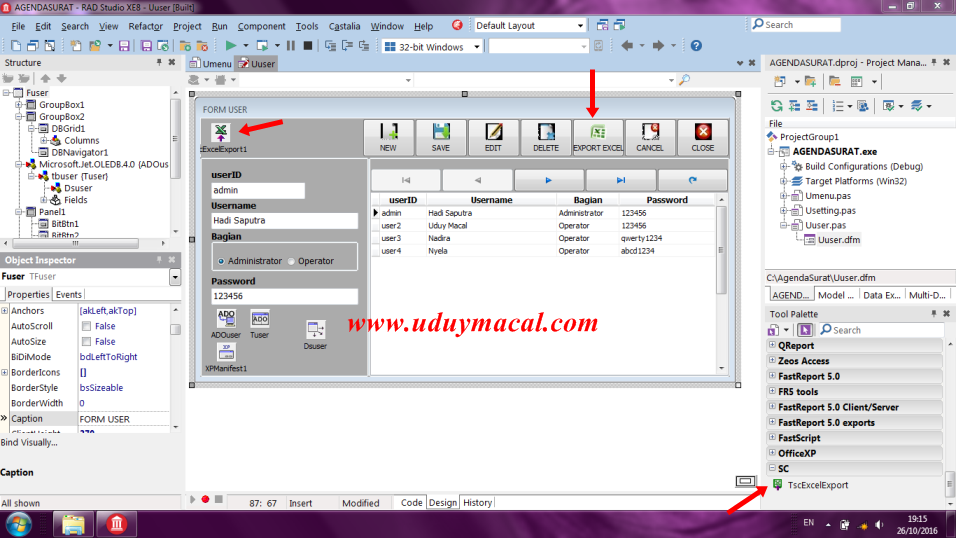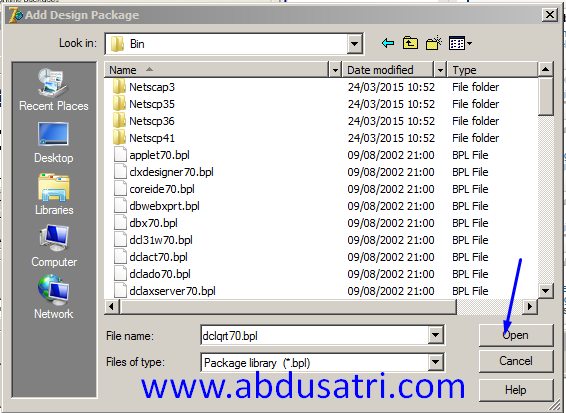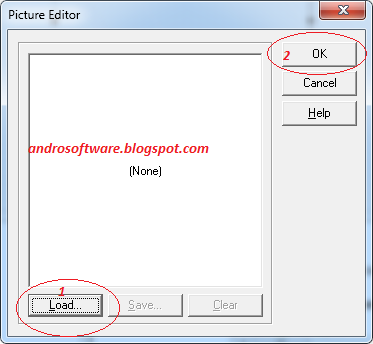


Granting a database user access to a table (or object) specifies that the user has the specific right to access the table. The DENY statement is the opposite of the GRANT statement. The SQL GRANT statement is fairly well understood, so we won’t dive into it here, but the DENY and REVOKE statements are less well known, especially for new database developers, so we’ll focus on them. This is done with the GRANT, DENY, and REVOKE SQL DDL statements. Now that the user has the ability to connect to the server (a login was created) and use one or more databases on the server (a user account was created for each database), the next step is to specify the level of access the user has inside each database. Once a login has been created on the server, the login must then be added as a valid user for any of the databases the user intends to access (using sp_grantdbaccess). The user account can be either a domain or local account (using sp_grantlogin), or if the server is operating in the Mixed Security Mode, it can be a built-in SQL Server login (using sp_addlogin). Before a user can be granted any level of permissions, a user account must be created on the SQL Server. The security implementations in this article will rely on the basic internal security system provided by SQL Server. While this is a broad topic, we’ll focus on basic security concepts as well as column- and row-level security. We’ll discuss some of the techniques for providing a solid security foundation for the data tier of an application that resides on Microsoft SQL Server. One of the easiest ways to avoid rewrites is to make security a priority during the initial database design and to enforce security at each tier. Rewriting applications because of database security gaps is costly and time consuming. Guests: Become a member to access all of our articles, newsletters, and community forums. You can perform high-level administrative functions that affect one or more servers, schedule common maintenance tasks or create and modify the structure of individual databases. It provides you with a graphical “birds-eye” view of all of the SQL Server installations on your network. Let’s take a brief look at each:Įnterprise Manager is the main administrative console for SQL Server installations. In this article, we’ll cover six of the more frequently used tools: Enterprise Manager, Query Analyzer, SQL Profiler, Service Manager, Data Transformation Services and Books Online. Microsoft SQL Server 2000 is a full-featured relational database management system (RDBMS) that offers a variety of administrative tools to ease the burdens of database development, maintenance and administration.

Introduction to Microsoft SQL Server 2000


 0 kommentar(er)
0 kommentar(er)
